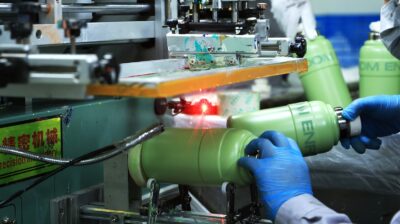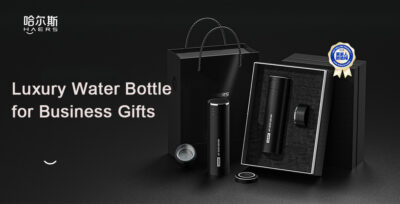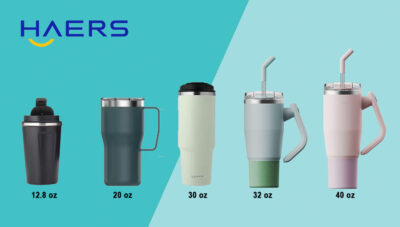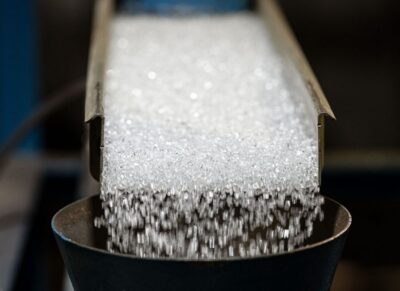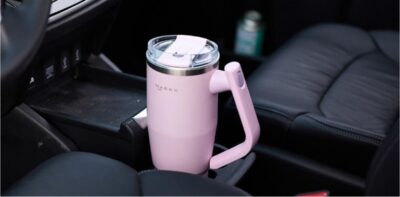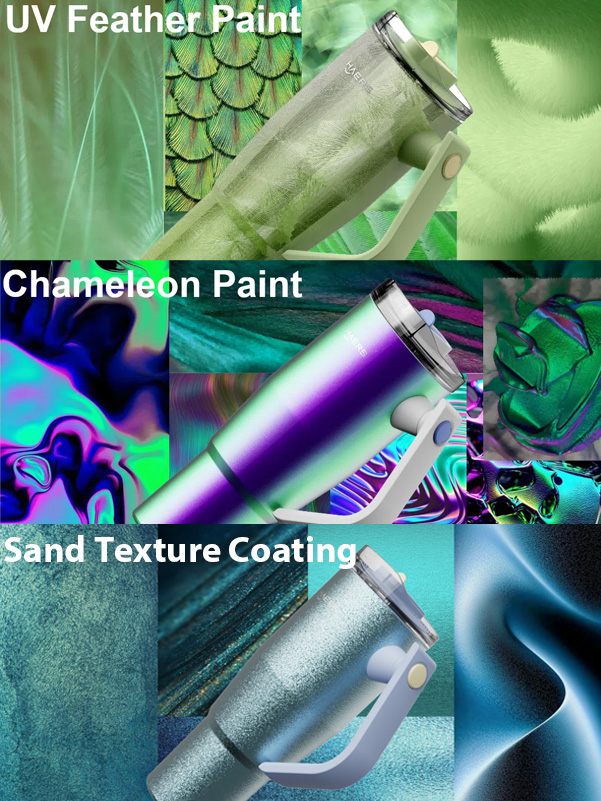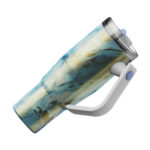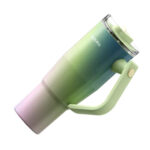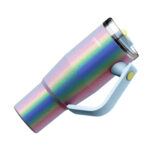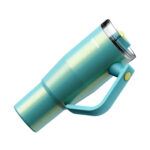How long Does Coffee Stay Fresh in a Vacuum Cup?
For many office workers, outdoor enthusiasts, a vacuum-insulated cup is a daily essential. It’s convenient, portable, and keeps your coffee warm for hours—what’s not to love? But here’s the question many of us don’t stop to ask: How long does freshly brewed coffee actually stay fresh in a vacuum cup? Does it taste the same after a few hours? Is it still safe to drink later in the day? Let’s take a closer look at what really happens to your coffee once it’s sealed inside that thermal container.
Table of Contents
ToggleHeat Retention vs. Freshness: Know the Difference
When it comes to coffee, it’s important to distinguish between keeping it hot and keeping it fresh. A vacuum cup excels at thermal insulation—some models can keep your coffee piping hot for 6 to 12 hours. But temperature retention doesn’t equal freshness.
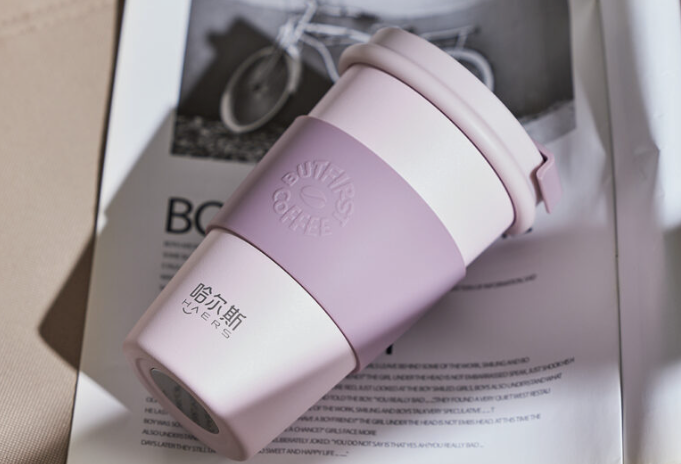
Freshness is about more than just heat. It’s about flavor integrity and chemical stability. Over time, even in a well-insulated container, coffee continues to undergo subtle chemical changes. Prolonged exposure to heat accelerates oxidation and breaks down the aromatic compounds that give your coffee its rich, balanced taste. In other words, your coffee may still be hot after several hours—but it won’t taste like it just came out of the pot.
How Long Does Coffee Stay Fresh in a Vacuum Cup?
1. Good Heat Retention ≠ Stable Flavor
Most high-quality vacuum-insulated SuS 304 stainless steel cups can keep liquids hot for 6 to 12 hours, depending on the model. But while the temperature holds, the flavor doesn’t. Coffee tastes best within 2 to 4 hours after brewing. After that, it starts to degrade—bitterness intensifies, acidity flattens, and the overall profile loses its balance.
Why does this happen? The main culprits are heat exposure, oxidation, and material interaction. Even in a sealed container, a small amount of oxygen remains, and combined with sustained heat, it accelerates the breakdown of oils and compounds that make coffee aromatic and pleasant.
2. Avoid Drinking Overnight Coffee
Leaving coffee in a vacuum cup overnight is not recommended, especially if it contains milk, cream, or sugar. These ingredients can promote bacterial growth in a warm, enclosed environment, even if the cup stays sealed.
As a general rule, it’s best to drink your coffee within 4 to 6 hours of brewing, particularly in warmer weather. Not only will it taste better, but it will also be safer for consumption.
What Affects How Long Coffee Stays Fresh?
Several factors influence how long coffee remains fresh and safe to drink in a vacuum cup. Understanding these can help you get the most out of every brew:
Material of the Vacuum Cup
Cups with 304 or 316 stainless steel liners offer excellent chemical stability. They are resistant to corrosion and less likely to react with the acidic compounds in coffee. This helps preserve flavor and reduces the risk of metallic aftertastes.
Seal and Airtightness
A well-sealed lid is crucial. Good airtightness prevents oxygen from entering the cup, which slows down the oxidation process. The less oxygen your coffee is exposed to, the longer it retains its original aroma and taste.
Additives: Sugar and Milk
Once you add milk or sugar, the shelf life of your coffee shortens significantly. These ingredients introduce nutrients that can support bacterial growth—especially if the temperature drops into the “danger zone” (between 5°C and 60°C / 41°F to 140°F). It’s best to drink milk-based coffee within 2 to 4 hours.
Type of Coffee
Different brews hold up differently. Espresso and black coffee tend to maintain their character longer, while cold brew is more stable due to its lower acidity and brewing temperature. In contrast, milk-based drinks like lattes or cappuccinos spoil faster.
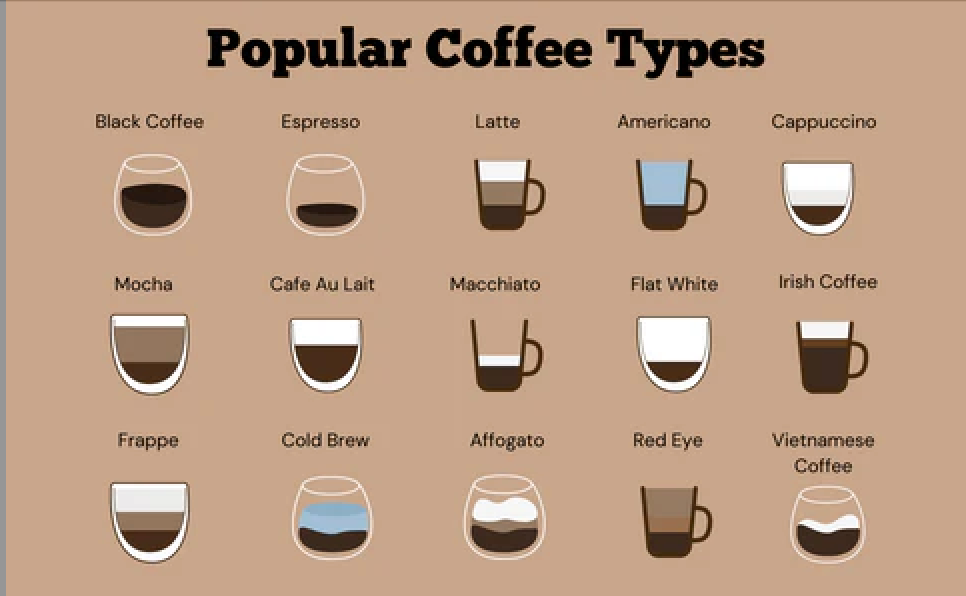
How to Keep Your Coffee Fresher for Longer?
If you want to enjoy your coffee at its best for as long as possible, here are a few practical tips to maximize freshness and flavor:
Choose a High-Quality Stainless Steel Vacuum Cup
Opt for cups made from 304 or 316 stainless steel, which are food-grade, corrosion-resistant, and less likely to react with acidic beverages like coffee. This helps preserve the original taste and prevents unwanted metallic notes or odor.
Preheat Your Cup
Before pouring in your coffee, rinse the cup with hot water. This preheating step minimizes sudden temperature drops and helps maintain a more stable brew temperature, slowing down flavor degradation.
Avoid Adding Milk or Sugar
If possible, drink your coffee black. Additives like milk and sugar not only reduce shelf life but also accelerate bacterial growth, especially in warm environments.
Consider Cold Brew for Long Storage
If you need to keep your coffee fresh for extended periods, cold brew stored in an insulated bottle is a better option. Cold brew is less acidic, oxidizes more slowly, and stays stable for up to 24 hours when kept cold.
While vacuum cups are excellent at keeping coffee hot, it’s important to remember that flavor freshness and safety have their limits. For wholesalers and brands looking to supply coffee vacuum cups, choosing the right material and a good design are key factors for maintaining a reputation. Custom vacuum cups in bulk allow you to meet diverse customer needs while emphasizing product safety and freshness. Educating end users on proper usage and storage will enhance their satisfaction and help your brand stand out in a competitive market.


